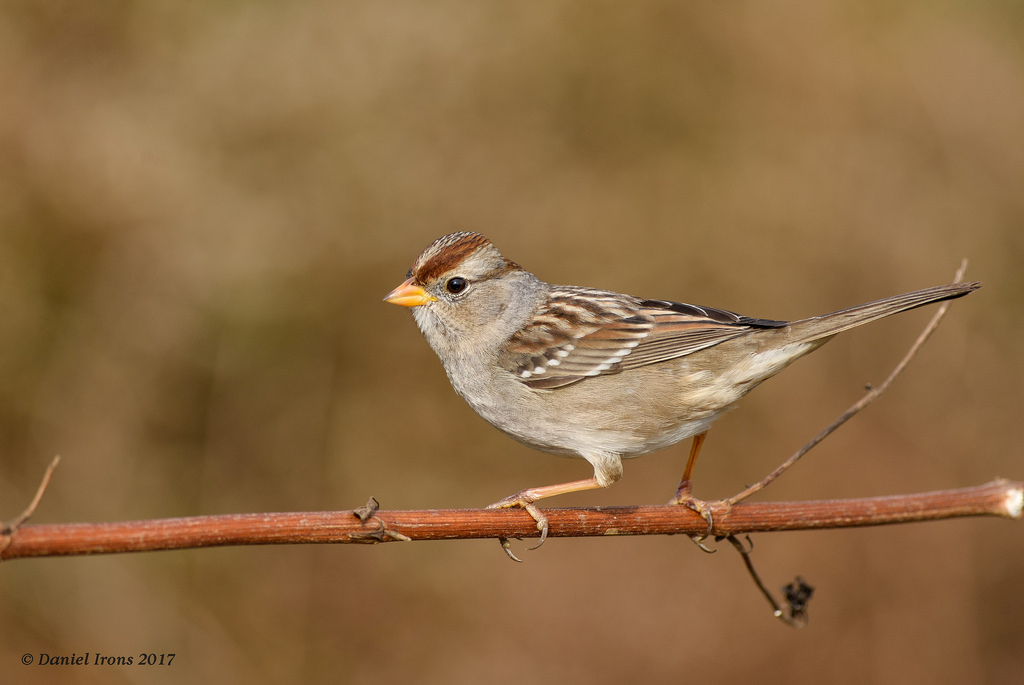Hello everyone!
In my last post, I talked about how light pollution and urban spaces, in general, affect birds especially migratory ones. To continue talking about birds, I would like to discuss how noise pollution affects birds.
Urban soundscapes manifest more sound energy, especially at low frequencies due to large traffic flow. Birds in areas with higher noise level sing with a higher amplitude. Males also produce songs with higher minimum frequencies which improves signal efficiency by improving communication distance. However, this often results in lower vocal performance which would affect male-male competitive interactions when they defend their territories (Derryberry et al., 2020).
When the pandemic hit, and people started staying at home more, cities started to quieten down so how could this have benefitted the birds? By comparing recording prior to and during the shutdown, it shows that noise levels have reversed more than half a century rise in noise levels as shown in the figure below (Derryberry et al., 2020).
 This phenomenon allowed for behavioral ecologist Liz Derryberry and her colleagues to study (Derryberry et al., 2020) how the white-crowned sparrow responded to human noise disappearing
This phenomenon allowed for behavioral ecologist Liz Derryberry and her colleagues to study (Derryberry et al., 2020) how the white-crowned sparrow responded to human noise disappearing

Derryberry and colleagues recorded the species’ calls among the abandoned streets of the Bay Area, San Francisco in the following months of the shutdown. It was then revealed that the birds’ calls improved in terms of quality and efficiency as cities grew quiet (Arnold, 2020).
They found that as noise levels were lowered, the birds sang more softly and at shorter recording distance. Birds produced songs at even lower amplitudes which more than doubled the communication distance! A doubling would allow people to hear birds at twice the previous distance, or effectively four times more birds than usual. This could elevate fitness by reducing territorial conflicts and increased mating potential. Birds exhibited greater vocal performance as they are now not masked by the high energy, low-frequency noises. They are able to achieve greater bandwidth which results in the transmission of more information (Derryberry et al., 2020).
This further indicates the impact of noise pollution on communication during normal conditions. For us, we are so used to all these noises that for us it’s the norm and something unavoidable in this day and age. It might be the same for the birds as they are forced to adapt to such a sub-optimal environment. However, this rare and ironically amazing phenomenon allowed the birds to be so-called brought back in time to learn higher-performing songs they never had the chance to do so. The fast recovery of these sparrows in this short period of time gives us hope that lasting remediation might engender even promising outcomes such as demographic recovery and higher species diversity in urban spaces. Of course, now it is important for people to realize these benefits and hopefully for more measures to be put into place to make our ‘normal’ into an optimal environment for all.
Hopefully, the benefits from this ‘new normal’ we have experience are here to stay as we continue to discover the harms we have caused to these animals and learn to right our wrongs. That brings me to the end of this post.
See you guys soon!
References
Arnold, C. (2020, September 24). When the pandemic quieted San Francisco, these birds could hear each other sing. Retrieved October 20, 2020, from https://www.nationalgeographic.com/animals/2020/09/pandemic-san-francisco-birds-song-improved/
Derryberry, E. P., Phillips, J. N., Derryberry, G. E., Blum, M. J., & Luther, D. (2020). Singing in a silent spring: Birds respond to a half-century soundscape reversion during the COVID-19 shutdown. Science. doi:10.1126/science.abd5777








